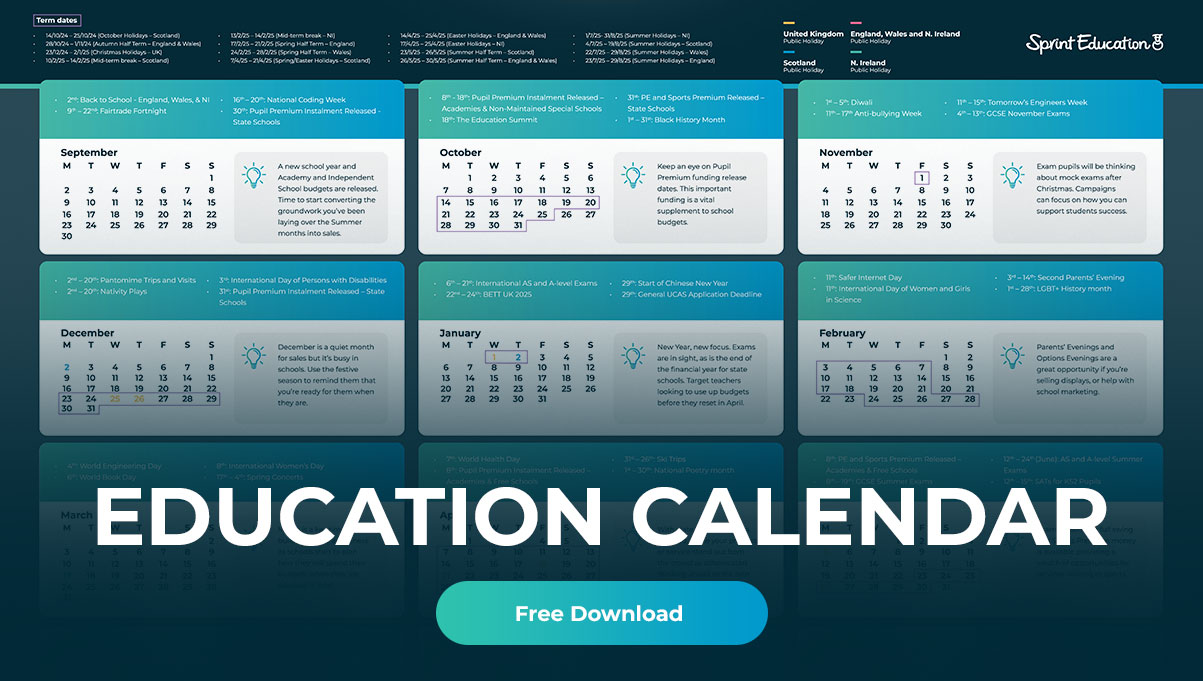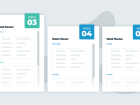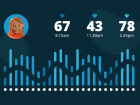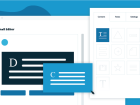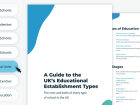The Power of Dynamic Content in Your Edu-Marketing Campaigns
The Power of Dynamic Content in Your Edu-Marketing Campaigns
Turn a single email campaign into a hyper-personalised selling machine with the power to double, treble, even quadruple your audience base.
Turn a single email campaign into a hyper-personalised selling machine with the power to double, treble, even quadruple your audience base.
One of the golden rules with education marketing campaigns is to know your audience. And not only know them, but know how to reach them in the right way. As we know from our [Selling to Schools research series](https://sew-prod.fra1.cdn.digitaloceanspaces.com/sew/public/uploads/academy/attachments/State of Selling to Schools 2022.pdf), email marketing is the number-one method of reaching schools (and getting the very best ROI possible). But when you’re looking to reach a large number of educators, or you need to generate a large number of clicks or form submissions, it can be tempting to add as many recipients to your email list as possible. After all, surely adding more teachers and school staff to your sending list will maximise your results and responses?
Well, unfortunately not – in most cases, anyway. While you might have the most time-saving, budget-busting product or service, with your biggest discount yet, it’s almost guaranteed there’ll be a large number of school staff questioning why they’ve received it if you were to simply hit ‘send to all’.
Trying to make your email appeal to multiple groups of staff members at once will only reduce the impact of the email for everyone, as it’ll have to be one generic version rather than something hyper-personalised and specifically tailored to that group of people. The latter is proven to be far more effective at generating higher click and open rates – so what can you do?
Cutting down your send list to focus on only the most relevant school staff members is an easy fix, but could significantly reduce your send list, which isn’t always ideal if you’re trying to cover a lot of ground.
Another option is to produce several versions of your email for different audiences – one for the SMT, one for teachers, and one for school governors, for example. But that’d result in three times the cost, not to mention the hours spent if you’re creating them yourself.
Fortunately, there is one more thing you can do that holds the power to transform your entire campaign, for all of your audience members, with just a few small tweaks (and a small budget).
Introducing… Dynamic Content
What is Dynamic Content?
Dynamic Content is our premium merge tag service that helps you tailor your email for different audience segmentations.
As standard, our emails can pull in basic information typical of marketing emails such as teachers’ names, school names, and their job role. We can even pull in more specific information that you don’t typically see elsewhere – such as personalising an email with ‘pupil’ or ‘student’ depending on the age range of the school.
These merge tags can be included for free with all of our managed strategy services. But, for a small additional fee, education businesses can unlock a wider range of merge tags that allows whole sections of your email to be personalised in the same vein.
How does it work?
As we’ve just covered, dynamic content is essentially another form of merge tags. They’re pulled in by our system in exactly the same way: our sending services recognise the placeholder tags in the email, and then pull through the relevant text we’ve set for each audience type. So, for example, a standard merge tag would be %%teacher_name%%. Our sending servers would see this in the email, consult our sending list, and pull through the value of %%teacher_name%% next to each teacher email address as it goes down the list.
In a similar fashion, our sending servers would see one of our dynamic content tags, and pull through each value we’ve assigned to each audience segment/email address.
What’s included?
As standard, our dynamic content service allows you to personalise the subject line, header, first paragraph, and landing page URL, if required. All of those elements can be entirely different for each section of your audience.
How can it be used?
It’s entirely up to you, and how it would fit with your product or service, and your whole audience base. But otherwise, there are few limits!
Here are a few examples…
If you’re promoting a new GCSE revision platform, you’ll have already trimmed your list to focus only on Secondary School SMTBs, Year 10 and 11 teachers, and exam coordinators (at least those would be the main groups). You could then segment your list into four basic categories: SMTB, Year 10 staff, Year 11 staff, and exam coordinators.
Or, you could go even deeper, and split those teachers into their subjects: perhaps English, maths, and science, with three different dynamic content variants for each.
This way, you can describe the specifics of your English, maths, and science content respectively to make it hyper-relevant for each teacher group. You can appeal to the SMTBs by mentioning the low price and easy integration, and exam coordinators by explaining how it reduces staff workload and admin work.
By doing this, you’ll appeal to their main area of interest, and position this at the forefront of your campaign to maximise responses from each audience segment, at a far cheaper cost than five email campaigns.
Another common example is to split by age range. If you’re offering free resources, with packs for EYFs, Primary Schools, Secondary Schools, and Sixth Form, you’ll want to split your audience four ways to utilise a separate subject line, header, opening paragraph, and download link for all four segments. This way, they’ll only be sent the details of the resources relevant to them, instead of having to wade through the details of three other resource packs they don’t need. You’ll not only be making the process easier for teachers, but also highlighting your ongoing support and dedication to each specific school type.
You mentioned there are a few limitations – what are they?
Dynamic content is incredibly powerful and flexible, but, like most things, it’s not perfect.
There are two main things you’ll need to keep in mind when using dynamic content.
One: you can only personalise the raw text. As the process is built on intricate merge tags, it can only pull in different versions of your text, and cannot personalise any of the email’s graphics, or the layout. So, you’ll need to make sure all of your variations fit the same layout (e.g. the dynamic paragraph would need to be the first paragraph in all versions), and your images are suitable for all segments. If you need an entirely different layout (perhaps a short email for Primary Schools and a longer one for Secondary schools) or different images (one featuring Primary-aged pupils and one Secondary-aged students, for example), then two separate email campaigns would be much better for your needs.
Secondly, again because the process is conducted through merge tags, and therefore handled solely by our system, it’s not possible to view the wording within the email itself. Instead, when we send you your proofs, you’ll see our dynamic content tags formatted where the real text will go, like a placeholder. For instance, instead of seeing the real, live header, you’d simply see our %%header%% tag.
How do we start using dynamic content?
It’s simple! Get in touch with us via info@sprint-education.co.uk or 01684 297374, and we’ll tell you exactly how our dynamic content service can increase response rates during your next selling-to-schools strategy whilst saving your education marketing budget.
Tags
Email
Email Marketing
Emailing Schools
Emailing Teachers
Emailing Teachers in Schools
How to Sell to Schools
How to Sell to Teachers
Similar Articles
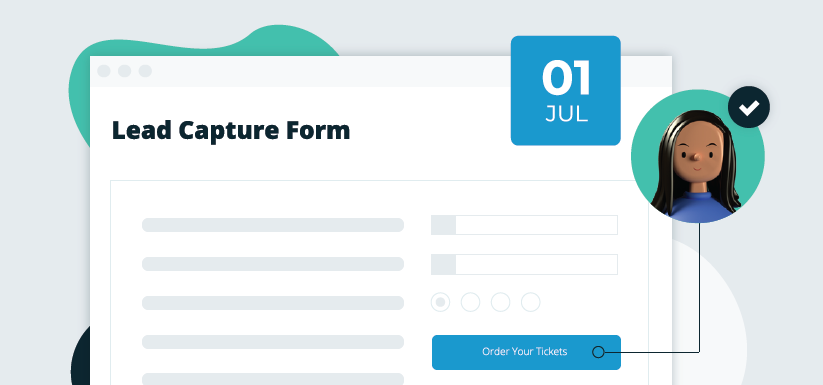

Selling to Schools in the Summer Term
Explore the insights of over 3,000 school staff and understand how to shape your education marketing during school's biggest spending period.
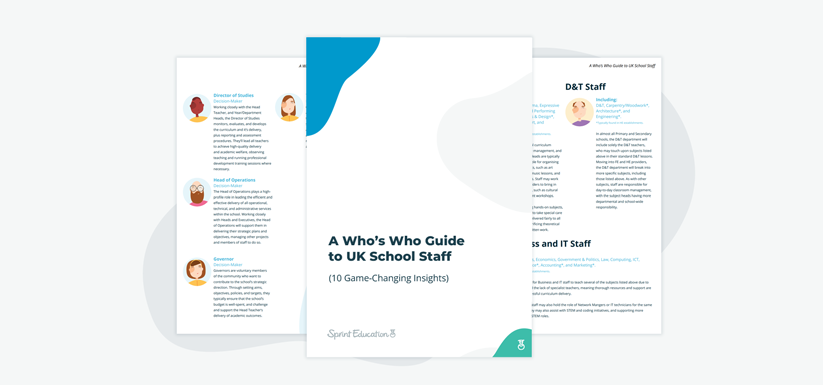

A Who’s Who Guide to UK School Staff (Part 3)
Target your schools marketing with our breakdown of the roles and responsibilities of every school decision-maker and influencer in the UK.


Expert marketing to schools support and solutions
Expert marketing to schools solutions
Email Head Teachers, Teachers, and Staff Inboxes
Email teachers and staff inboxes
Sell More to UK and Global Schools and Colleges
Sell more to schools and colleges

















